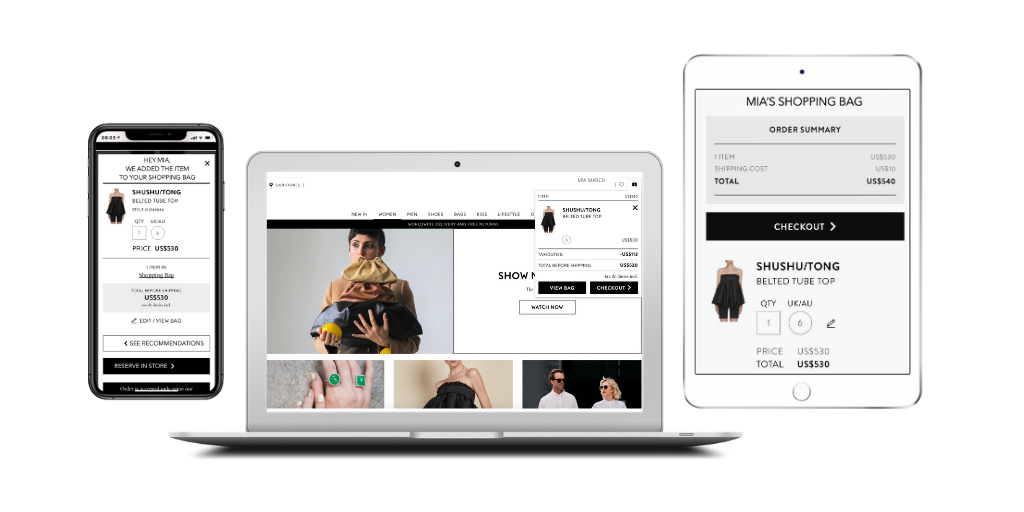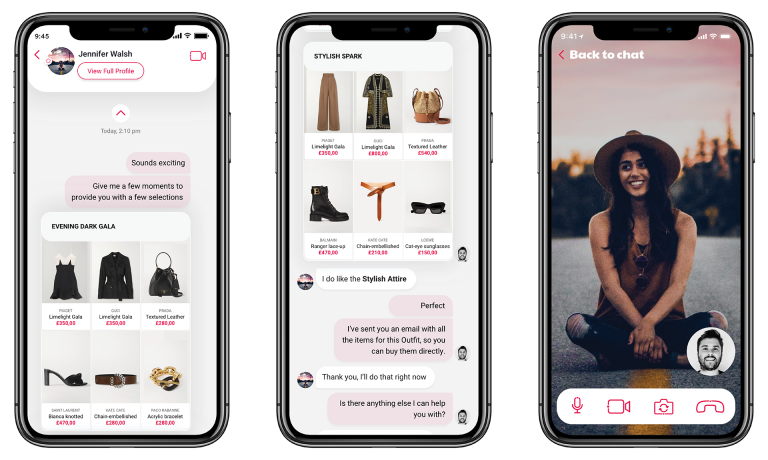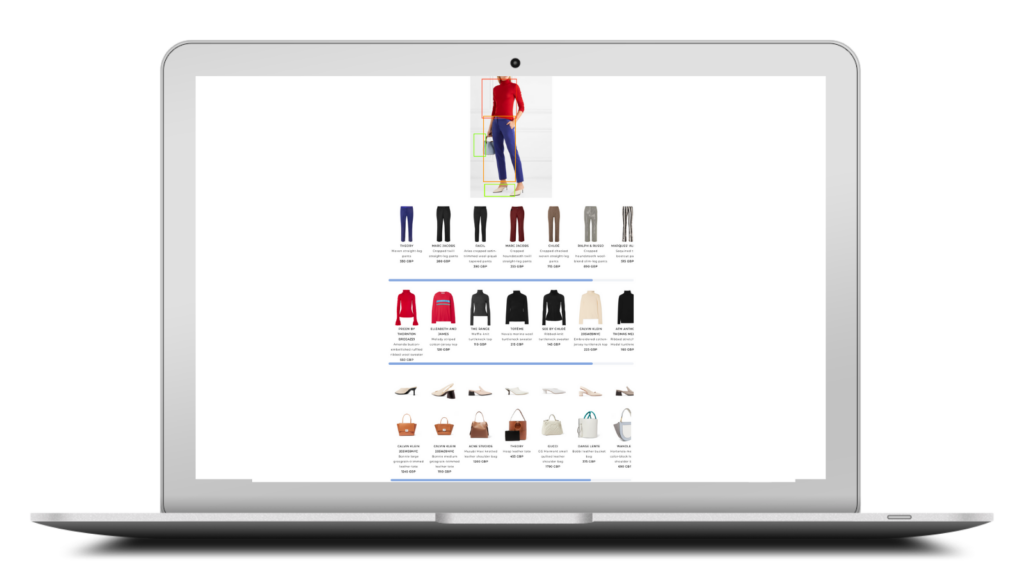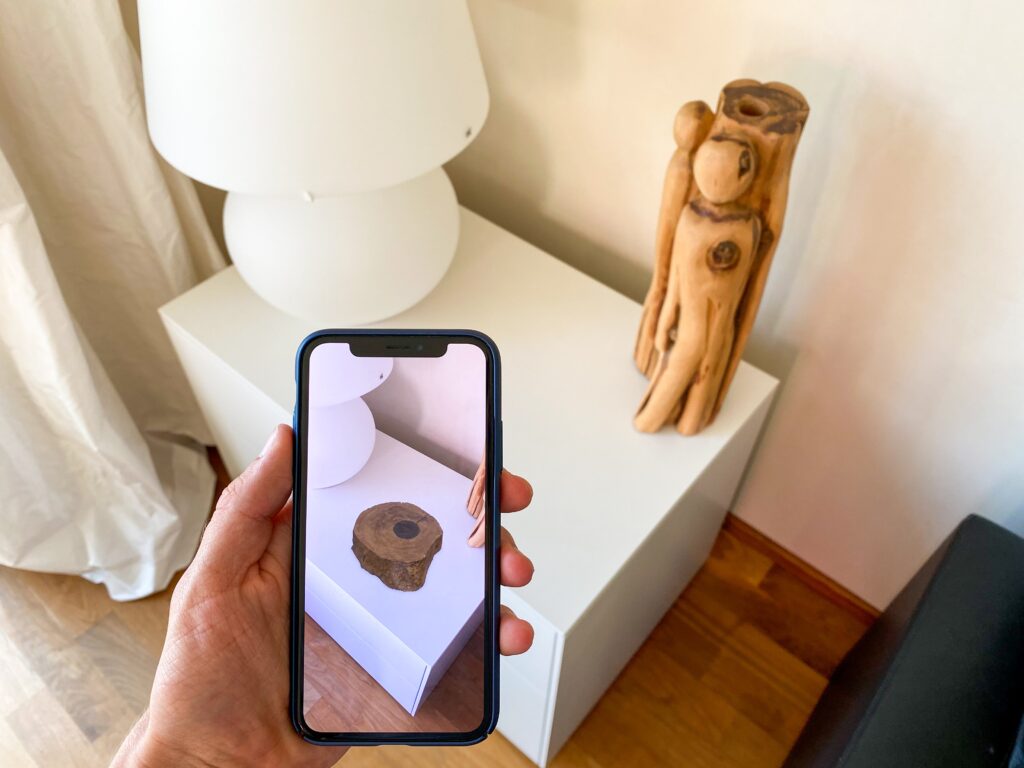2023 has been an unexpected and unprecedented year to say the least. Retailers – especially fashion retailers – have been dealt a particularly tough hand, trying to navigate business in the unknown landscape of the “new normal”.
Digital adaptation has soared during the pandemic. Many retailers finally recognized how crucial it is for their business to have a strong digital presence.
But in 2024, having a digital shop window alone will not be enough to grasp a competitive advantage in this landscape. 2024 is predicted to be the year that finally sees the maturing of exceptional digital consumer experiences that not only match but surpass traditional in-store services.
Retailers will partner with technology solution providers to really polish their existing digital capabilities. Additionally, they will keep working on adding new use cases to their digital portfolios: both consumer-facing and for operational efficiency.
We are going to look at the Top 9 Retail Trends of 2024 that are on the industry’s to-do list and break down how and why these retail trends will help your business emerge stronger from the pandemic with a robust revenue growth.

1. Click & Collect Is Here To Stay – Buy Online, Collect In Store
Buy online, pickup in-store (known as BOPIS) has been a crucial adjustment during the pandemic that allowed many stores to continue selling without the additional cost of expanding delivery networks. This new way of collection also allowed brick and mortar stores to be repurposed as small, local fulfillment centres.
With social distancing restrictions limiting the number of people allowed in stores at one time, a growing number of customers have adopted Click & Collect as their preferred form of shopping. A side bonus being that it also eliminates the wait time for shipping.
Half of shoppers plan to increase their use of contactless pickup in 2024 – making this one of the simplest retail trends you can adopt.
To fulfill this need effectively, retailers will need integrated data analytics and order management tools on mobile devices to keep employees up to date. Meanwhile, advanced inventory management will be employed to ensure a seamless shopping experience for the consumer

2. Smart Omnichannel Shopping Baskets
There are many ways that we’ll see a blending between the digital and physical experiences in various retail outlets throughout 2024.
What is now called “Smart Shopping Baskets” are cloud-based baskets that your customers can add to, edit, and checkout from every physical and digital brand channel.
To enhance the experience of using smart shopping carts, retailers will start integrating “Omnichannel Customer Profiles”. These profiles get enriched with every new interaction and can be accessed by the customer and sales associates at every touchpoint. This is independent of the channel it was first created on.
You can let your customer save their favorite products and recommendations on their cloud-based profile. Customers can create a “smart shopping basket” that can be purchased from any channel of their choice at any time.
This flexibility in the buying journey makes this one of the most anticipated retail trends of the year.
For instance, your customer can save an outfit recommendation they like on their mobile app. One week later they can go in-store to try on the outfit and add a scarf they like to their smart shopping basket. They can finally check out their basket from your online shop a couple of days later. You get the idea!
By accessing their shopping basket and profile from all brand touchpoints:
1- You increase the opportunities to close a sale
2- You build a 360-degree understanding of who your individual customers are that can be used for retargeting

3. Remote Selling To Scale Personal Shopping
With so many of us stuck at home and retailers unable to find new customers by enticing us to walk into their stores, more resources will be focused on maintaining and growing customer numbers.
A.I.-driven customer service outreach is one of the top retail trends of the year as it allows better service quality at scale.
In-store services conducted remotely have become a major competitive advantage across the retail spectrum in recent months. With global retail bodies warning that brick and mortar footfall will remain low until at least mid-2024, remote selling capabilities become critical to the success of fashion and luxury retailers.
Remote selling – or virtual selling – is a buying cycle where sales and post-sales communications take place between a customer and a sales associate in different physical locations. Put simply, it means that a sales associate can sell to a customer who is located anywhere in the world.
The sales associate can be based in the physical store and conduct video calls to assist the customer with one-to-one live shopping. Alternatively, the sales associate can be working from home themselves and use the remote selling app to assist online shoppers.
An A.I. Remote Selling tool expands your sales capacity and allows your existing sales teams to act like professional personal stylists with zero training. While serving a customer, sales associates see product and complete outfit recommendations put together by the A.I. based on individual customer preferences. The A.I. will also give your sales associates styling tips and suggestions they can pass on to their customer.

4. One-to-One Hyper Personalization
Although one-to-one personalization is the dream of all retailers, some of the technologies that enabled closer personalization in the past also came with a bundle of privacy issues.
However, recent advances in cognitive technologies will help retailers move closer to true hyper-personalization in 2024. This has been one of the most demanded retail trends for a very long time – finally it is here to stay.
Sentiment analysis, A.I. & machine learning, natural language processing currently allow retailers to process huge amounts of unstructured customer data. This data – from online and in-store activity, social media, and other brand touchpoints – can help retailers understand customers’ needs, concerns, their current stage in the buying journey, just to give you a few ideas.
Retailers can then leverage this understanding to deliver deeply targeted messaging and more personal interactions.
Personalization, once limited mainly to targeted segment offers, now extends to the entire customer experience. This retail trend is a direct outcome of customers now demanding personalization throughout their interactions with a retailer.
Multiple, personalized touchpoints that enable them to allocate their time and money according to their personal preferences mean that your customers will spend more of their time and money with you.
In the best personalized experiences, retailers make the customer part of the dialogue and rest on data intelligence to create one-to-one personalization using A.I. technology to really leverage customer data to its fullest customer-facing potential.
Customers receive offers that are targeted not just at customers like them, with brands targeting at the segment level with broad-based offers, but at them as an individual, with products, offers, and communications that are uniquely relevant to each customer.
Personalising the customer experience on a one-to-one basis has the instant return on investment of increased Average Order Value per single transaction and per customer as well as the longer-term benefit of increasing Customer Lifetime Value and Loyalty.

5. Visual Search
Visual search and product discovery is the e-commerce solution that makes our intrinsic way of operating one and the same with the way we shop.
When a customer performs visual search, or image-based search, they look for one or multiple products using an image instead of keywords. Visual search uses real-world images (screenshots, social media images, or photos) as the stimuli for online search and product discovery.
Your visitors can upload any form of an image of a product or outfit they like. The visual search engine will then find the visually closest products from your online catalogue. Also, it will make suggestions of other visually similar items that they might like based on their image enquiry.
In the rapidly reduced attention spans of digital shopping journeys, visual search capabilities allow you to capture the imaginations of customers with minimum work and friction on their end. Hence, making this one of the retail trends that will only get growingly popular.
Visual search requires A.I. feature detection and pattern matching.
Machine learning and A.I. computer vision technologies that run in the background will scrutinize the uploaded image first to analyze shapes, colors, and patterns. Afterwards, it will do the same with your entire product inventory images to rank those items that resemble the uploaded image from closest to farthest.
This works by mapping each image to a coordinate in a high-dimensional space, where similar items have coordinates which are closer together and dissimilar items have coordinates which are farther apart. With all images mapped to this space, finding items that are similar becomes as simple as finding which coordinates are the closest to the coordinates of the item of interest.
By collapsing the steps between inspiration and product discovery, you can significantly decrease purchase failures. A.I. powered visual search eliminates the friction between seeing and buying to create a seamless shopper journey.
In fact, studies show that visual search leads to checkout twice as quickly as text-based search.
Gartner research forecasts that by 2024, early adopters of this retail trend who redesign their product discovery experience to support visual search will increase their e-commerce revenue by 30%.


Leave a Reply